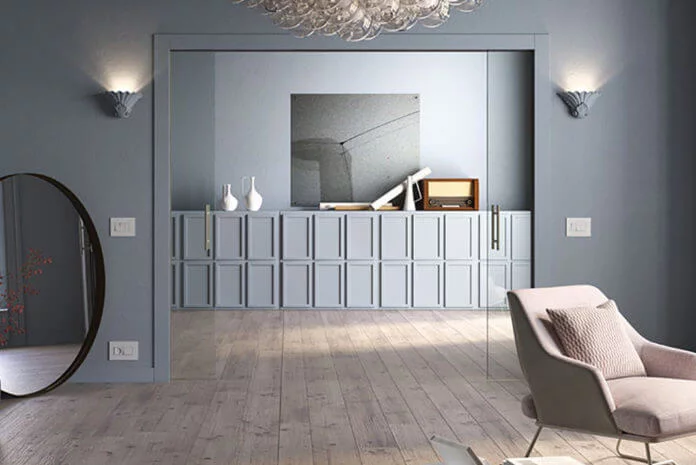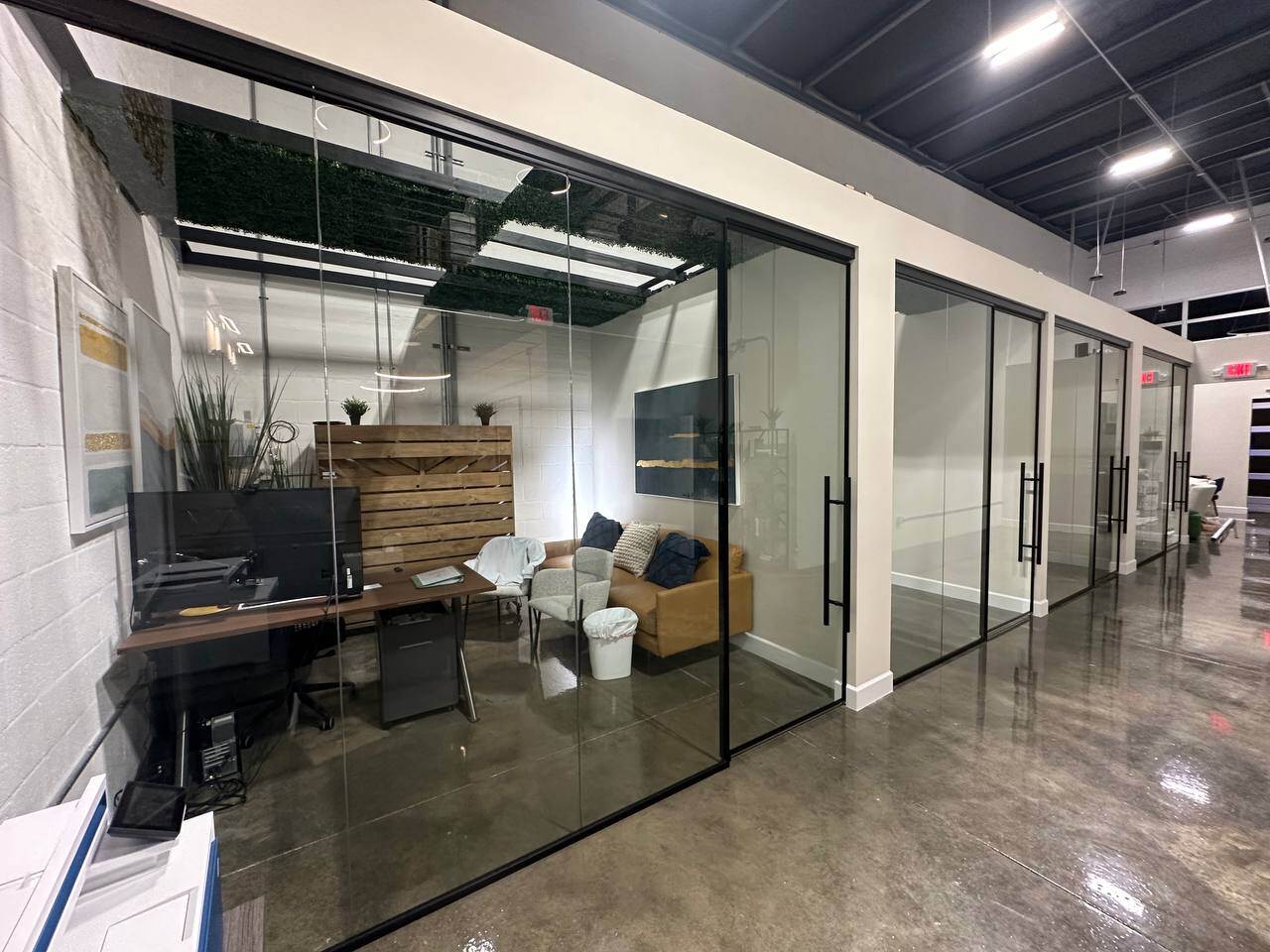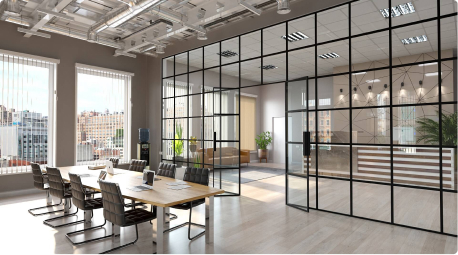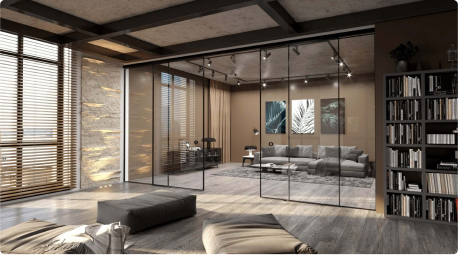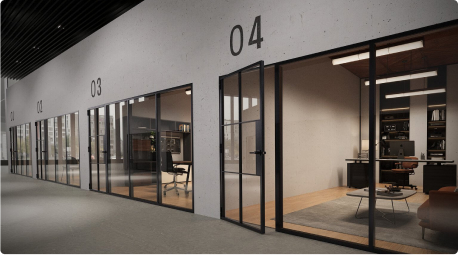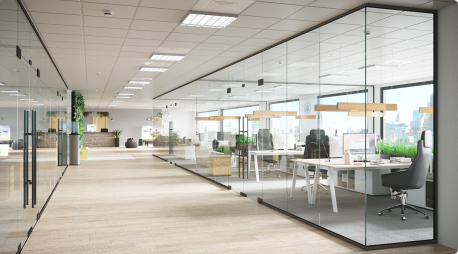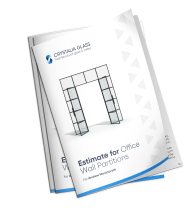The Art Nouveau design style is a perfect choice for studio apartments and apartments with nonstandard floor plans. It is compatible with both large and small spaces, offering exclusive, nature-inspired, and at the same time highly refined, interior solutions. Exclusivity usually means luxury, and Art Nouveau interiors can be very costly. However, there are ways to create a sophisticated Modernist interior and stay on a budget.
Original Art Nouveau features in interior design
Art Nouveau is the same as Modernist style. It appeared in the late nineteenth century and lasted till the early twentieth century—before the era of industrialization and mass production. Its adopters drew inspiration from both organic and geometric forms, combined contemporary materials with excellent workmanship, and did their best to decorate any available surface in the interior of the home with exclusive natural patterns.
Modernist interiors have the following main features:
- combinations of sharp, angular forms with natural flowing forms;
- natural motifs including lilies and poppies with long stems; graceful, willowy blooms; lancet-shaped leaves; women with long hair; birds; insects, etc.;
- archways, as well as arched doors and windows;
- exclusive art objects, including paintings and sculpture;
- stained glass;
- natural materials including glass, wood, steel, silk, etc.
All had to be arranged with great skill, since harmony and continuity lie at the core of Art Nouveau, making the look both charming and extravagant.
Art Nouveau in contemporary apartment interiors
Unless you have an unlimited budget for decoration, a true Art Nouveau look is hardly achievable. Massive curved wooden furniture and architectural elements, art objects, stained glass, as well as sticking to one style throughout the room may cost you a fortune. Since instead of using mass-produced interior elements, you have to look for artisan-made elements and collaborate with manufacturers offering an individual approach. Additionally, true Art Nouveau interiors may look over-the-top and overwhelming to modern tastes.
However, besides creating a 100% Modernist interior, you may consider using only basic design elements to imitate the Art Nouveau style or implementing the Art Nouveau color scheme with characteristic accents. This approach will make the interior both exclusive and light and will allow you to stay on a budget.
Let’s consider some examples of how Art Nouveau features can be incorporated in modern home design:
- The use of massive wooden elements is highly recommended. To make it less expensive, keep wooden furniture but replace wooden framing for doors and windows with steel framing.
- Glass is an essential material for Modernist interiors. Besides windows, you can use glass doors and glass partitions. Glass surfaces are a wonderful ground for experiments: mosaics and stained glass for windows and lamps, glass elements in furniture, etc.
- Metal can be added to a Modernist interior as decor. For example, it can be used in stationary partitions or as a pattern imitating floral motifs for doors and partitions.
- In the Art Nouveau era, the trendiest colors were light brown, mustard, gold, olive, white, and pastels. Such colors visually increase the room and convey the smoothness of lines. Thus, walls should not have any contrast texture. The best flooring is parquet or laminate imitating wood.
- This Modernist color palette is very similar to popular contemporary glass finishes: frosted glass, tinted float glass (in bronze, green, or gray), and some other types. This allows you to easily enrich your interior with glass walls and glass doors without destroying the entire look.
- It is also possible to create partitions with a stained-glass effect. In this case you should choose a partition consisting of mullions, each holding a glass of different color inside. It is better to use neutral colors, otherwise the accent will be too strong.
- Furthermore, any glass surface can be turned into stained glass. The easiest way to implement this is to paint glass.
- Large space is another Modernist tendency. The room can be divided into zones with glass partitions. The best configurations are archways and partitions with fixed side panels and a double-swing door in the middle. Partitions can be either stationary or bi-folded (this helps create asymmetric lines common for Art Nouveau).
- Additionally, soft colors and lots of light fixtures can visually increase the space.
- Windows, partitions, and doors should be wide and arched. Doors may have glass panels on the sides as well as a transom glass panel.
- Textiles should be limited to cushions, curtains, and upholstery. The idea is the same: soft colors and nature-inspired motifs. They should not become the accent of the interior but should harmoniously fit into it.
Art Nouveau interior on a budget
It may seem challenging to collect interior design elements with asymmetric shapes and patterns based on natural motifs and make it all look harmonious. And the truth is, it is challenging. The cost of creating exclusively designed objects and patterns was one of the main reasons why the popularity of Art Nouveau waned so fast.
And it is absolutely correct that our epoch of mass production corresponds better to industrial styles: Scandinavian Loft, Art Deco—any style with geometric shapes and straight lines. And these styles seem much easier to recreate on a budget.
Still, even if Modernist patterns and colors are specific, materials and elements are quite the same. That is why in order to create the Art Nouveau look and stay on a budget, you simply need to find a seller or manufacturer ready to customize their products and bring your creative ideas to life. For example, you might find a simple glass partition or door but be able to customize the shape, size, finish or pattern. This combination of modern approach and exclusivity allows you to easily bring Art Nouveau ideas into contemporary apartment interiors.




